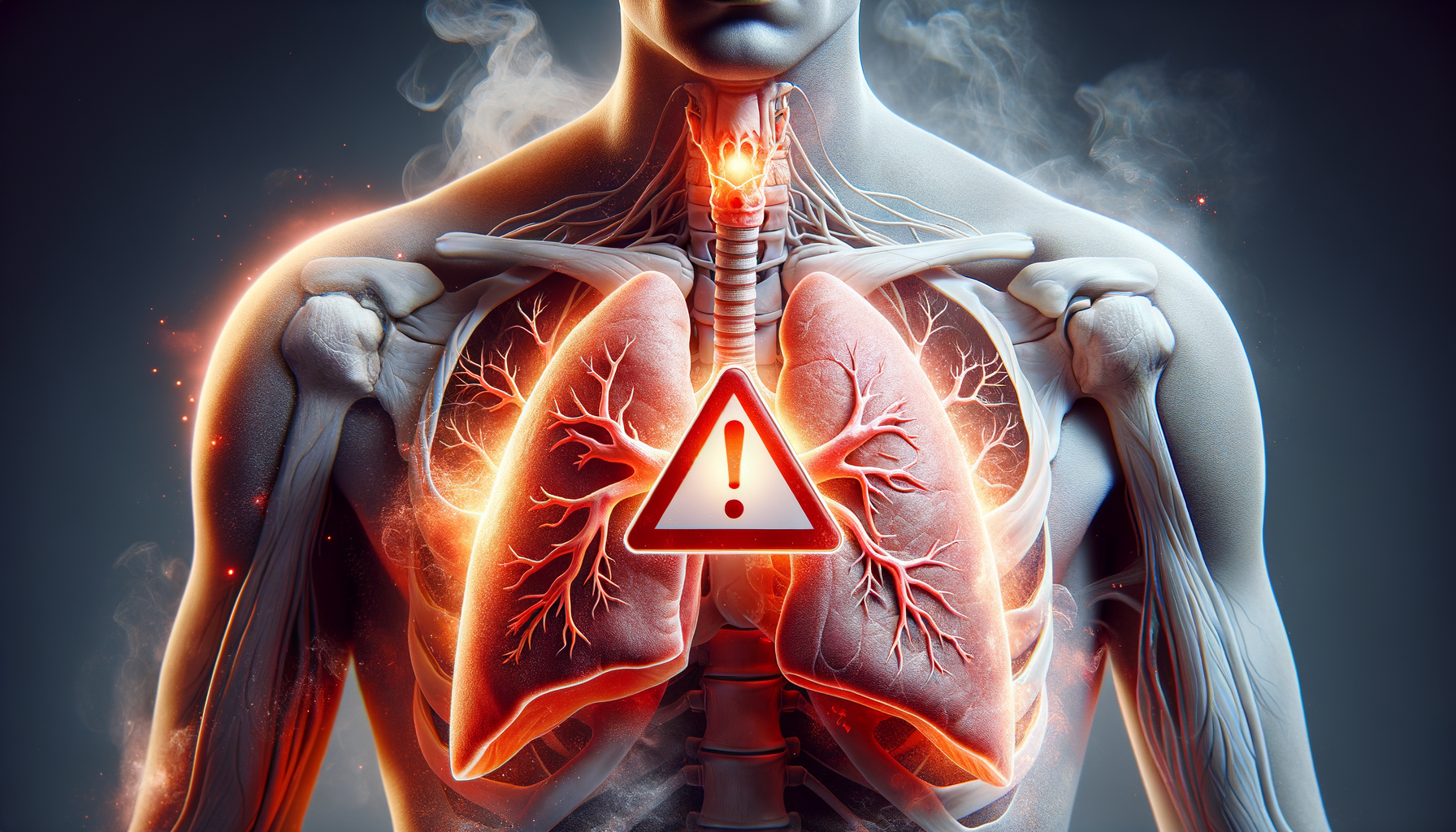Understanding Lung Cancer Symptoms
Lung cancer, a formidable health challenge, often presents symptoms that can be easily mistaken for other less severe conditions. Recognizing these symptoms early can significantly impact treatment outcomes and survival rates. Common symptoms include a persistent cough, changes in voice such as hoarseness, and unexplained weight loss. These symptoms occur because the tumor may obstruct airways or exert pressure on surrounding tissues.
Other notable symptoms include chest pain that worsens with deep breathing, coughing, or laughing. This pain can be indicative of cancer affecting the lung lining or the ribs. Shortness of breath is another critical symptom, often resulting from a tumor blocking the airways or fluid accumulation in the chest. Additionally, recurrent respiratory infections such as bronchitis or pneumonia may signal underlying lung cancer.
Understanding these symptoms is crucial for early detection. While they may mimic other respiratory conditions, their persistence or combination should prompt further medical evaluation. By being vigilant and informed, individuals can seek timely medical advice, potentially leading to early diagnosis and better outcomes.
Early Warning Signs of Lung Cancer
Early warning signs of lung cancer can be subtle and easily overlooked. One of the first signs is a persistent cough that does not resolve with usual treatments. This cough might be dry or produce sputum and may be accompanied by blood, a symptom known as hemoptysis. Hemoptysis, although alarming, is not always indicative of cancer but warrants immediate medical attention.
Another early sign is fatigue, often dismissed as a result of a busy lifestyle. However, when accompanied by other symptoms like unexplained weight loss and loss of appetite, it could suggest an underlying issue such as lung cancer. Furthermore, the onset of wheezing or breathing difficulties in individuals without a history of respiratory problems can also be an early indicator.
It’s important to note that these early signs can vary greatly among individuals. Factors such as smoking history, age, and overall health can influence the presentation of symptoms. Therefore, individuals at risk should maintain regular health check-ups and communicate any new or persistent symptoms to their healthcare providers.
Detecting Lung Cancer: Diagnostic Approaches
Early detection of lung cancer is pivotal in improving survival rates. Several diagnostic approaches are employed to identify lung cancer at its earliest stages. Imaging tests, such as chest X-rays and CT scans, are commonly used to visualize abnormalities in the lungs. CT scans, in particular, provide detailed images that can reveal small lesions not visible on X-rays.
In addition to imaging, sputum cytology is a method where mucus from the lungs is examined under a microscope to detect cancer cells. This test is particularly useful for individuals with a persistent cough producing sputum. Another diagnostic tool is a biopsy, where a sample of lung tissue is removed and analyzed for cancerous cells. Biopsies can be performed using various techniques, including bronchoscopy, needle biopsy, or surgical procedures, depending on the tumor’s location.
Advancements in technology have also introduced molecular testing, which analyzes the genetic mutations of cancer cells to tailor personalized treatment plans. This approach not only aids in diagnosis but also in determining the most effective treatment strategies, highlighting the importance of comprehensive diagnostic evaluations.
Comparing Lung Cancer Symptoms with Other Conditions
Many symptoms of lung cancer overlap with other respiratory and non-respiratory conditions, making accurate diagnosis challenging. For instance, a persistent cough is a common symptom of both lung cancer and chronic obstructive pulmonary disease (COPD). However, the presence of additional symptoms such as hemoptysis or unexplained weight loss may tilt the suspicion towards cancer.
Shortness of breath is another symptom shared with conditions like asthma and heart disease. In lung cancer, this symptom may progressively worsen and is often accompanied by other signs such as chest pain or recurrent infections. Distinguishing between these conditions requires careful evaluation by healthcare professionals, often involving a combination of medical history assessment, physical examination, and diagnostic tests.
Understanding the nuances of these symptoms and their potential overlap with other conditions is essential for both patients and healthcare providers. It emphasizes the importance of a thorough diagnostic process to ensure accurate identification and treatment of lung cancer, avoiding misdiagnosis and delayed treatment.
Conclusion: The Importance of Early Detection and Awareness
In conclusion, recognizing the symptoms and early warning signs of lung cancer is a critical step in ensuring timely diagnosis and treatment. While many symptoms can be subtle and easily attributed to other conditions, their persistence or combination should not be ignored. Early detection through awareness and regular medical check-ups can significantly improve treatment outcomes and survival rates.
By understanding the various diagnostic approaches and the importance of distinguishing lung cancer symptoms from other conditions, individuals can take proactive steps in managing their health. Continued research and advancements in medical technology hold promise for even earlier detection and more effective treatments, underscoring the vital role of education and awareness in combating lung cancer.




Leave a Reply